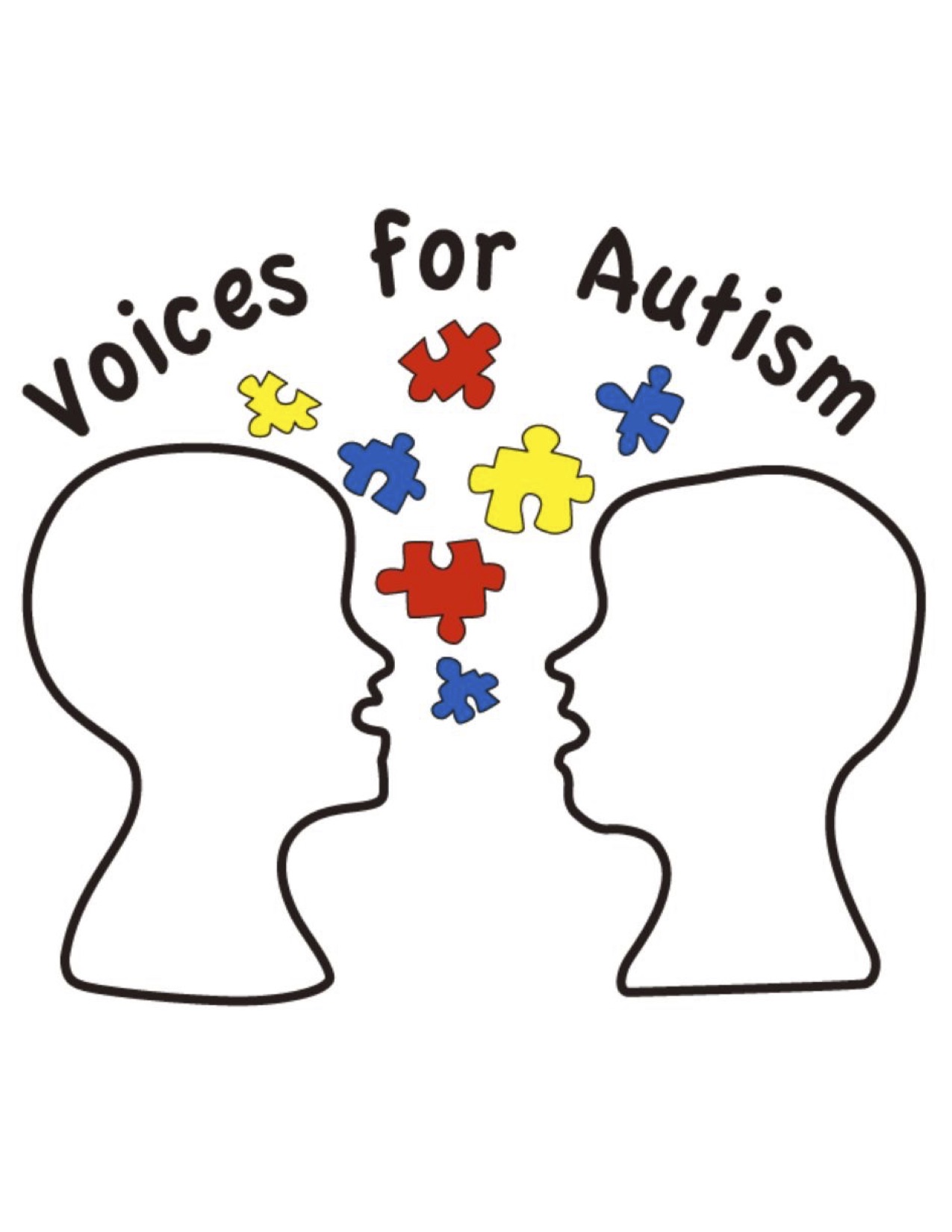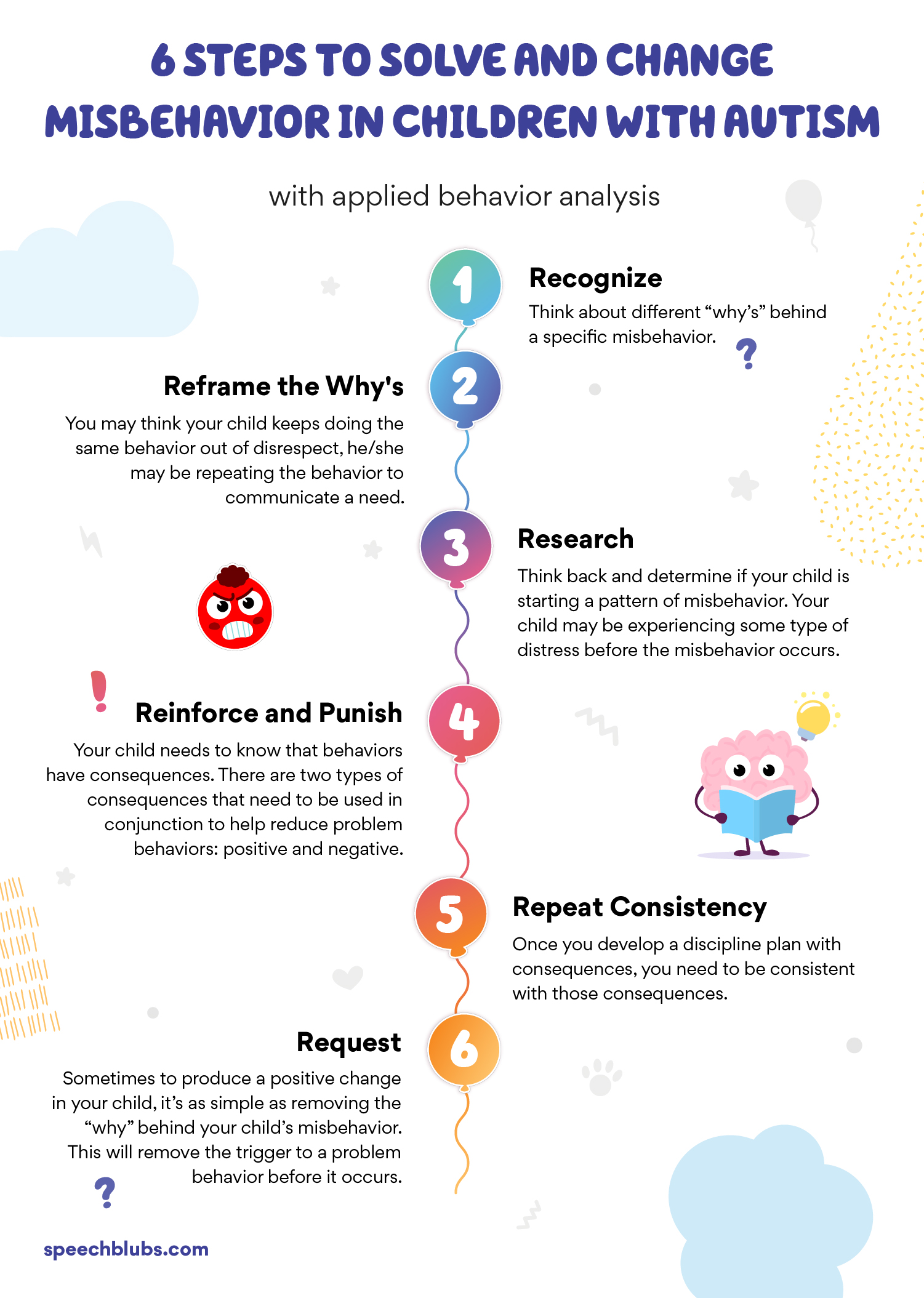Neat Info About How To Handle Children With Autism

Government services for children with autism caring for a child with autism when you are autistic
How to handle children with autism. How do i handle the stress of raising a child with autism? When the child seems calmer, try the instructions. He was unpredictable and erratic.
Speak slowly and clearly use simple gestures, eye contact and pictures or symbols to support what you're saying allow extra time for your child to understand what you have said ask your autism assessment team if you can get help from a speech and language therapist (slt) try ways to help them communicate, such as signalong, makaton or pecs Of course, it is always possible. Posted july 24, 2021 |reviewed by vanessa lancaster find a therapist to help with autism key points autistic.
Many autistic children do well with visual communication. Sometimes, even autism with low support needs is anything. The purpose of this toolkit is to present ways for early childcare providers to better manage challenging behaviors in a childcare setting.
This toolkit also briefly describes autism spectrum disorder (asd), basic developmental milestones. Handling a lack of responsiveness 1. Many features of autism—tantrums, aggression, language deficits, limited family opportunities, and the inability to gain.
Wherever a child falls on the spectrum, school and learning can be harder for autistic children. yes, you could parent a child with rett syndrome countless times i've heard those word. joshua n alexandria poulsen on instagram: Provide structure and safety tip 2:
They might also be responding to sensory assaults (meaning the overload of sensations). An autistic person may simply be expressing feelings of excitement, frustration, or anxiety. Things that can trigger a meltdown include:
Tell the child, “get up, and stand next to me.” if the child can’t respond, stay nearby and let the meltdown work through. A 2019 study suggests regular physical activity can help a person manage emotions, reduce tension, and relieve stress. Patience is vital when caring for a person with autism.
Helping your child with autism thrive tip 1: It affects how children interact and communicate with others. 1) use time to decrease transitional tantrums many children have trouble leaving preferred places and activities.
Make sure they get consistent guidance and interaction, so they can practice what they learn from therapy. These activities can help ease angry outbursts. Wherever a child falls on the spectrum, school and learning can be harder for autistic children.
Children with behavior problems that are similar to asd in some ways can benefit from these interventions — for example children with attention concerns, anxiety, intellectual disability, and social skills deficits can benefit from many of the strategies in this toolkit. Physical therapy and occupational therapy. Stay consistent and on schedule.

















